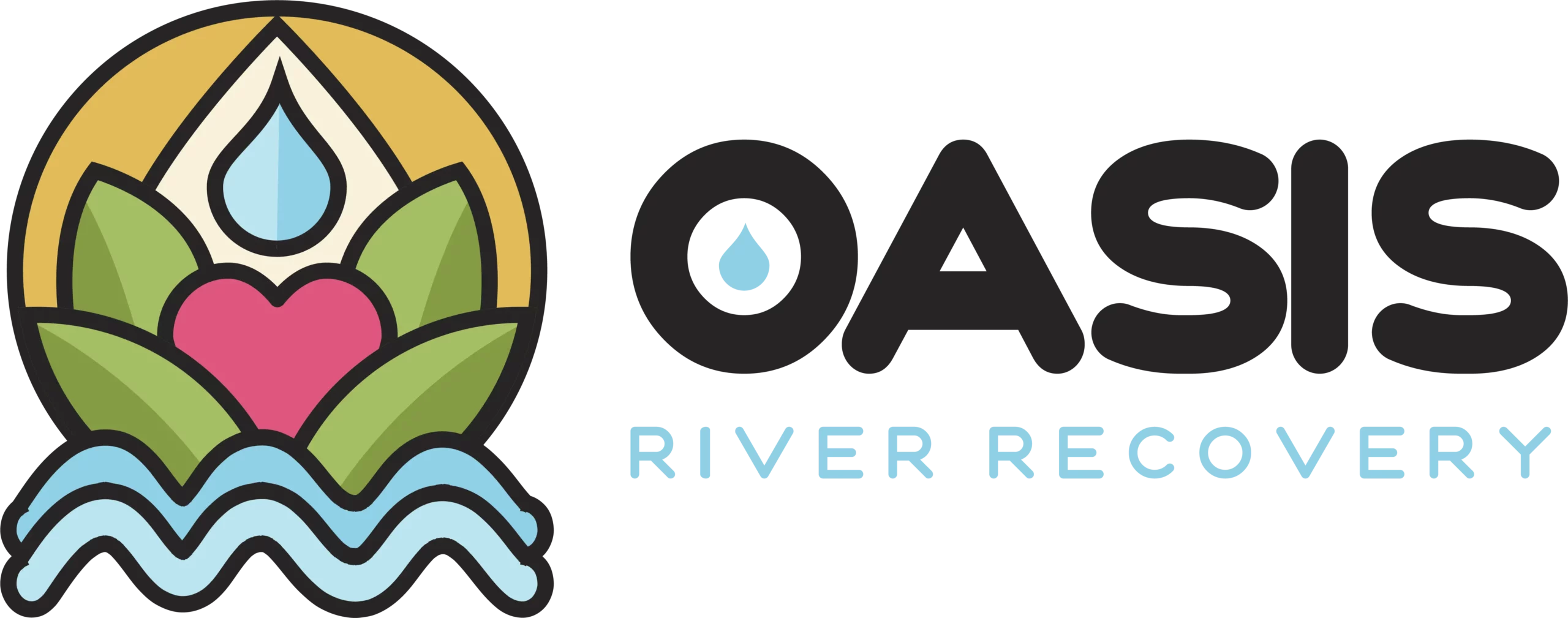Holistic trauma therapy is increasingly being used to help people who are struggling with substance use disorder (SUD). By looking at habits and behaviors through the lens of trauma, care providers and their clients are able to explore underlying beliefs and motivations that are contributing to unhealthy living. If you’re someone who is just starting to explore treatment options, learning about the latest research and happenings in the world of holistic trauma therapy and trauma informed therapy for substance use can be both exciting and encouraging.
The goals of holistic trauma therapy include establishing healthy coping mechanisms, improving self-image and confidence, overcoming emotional and physical triggers, adopting a positive mindset, committing to self-care, and building a support network. Of course, this treatment path doesn’t exclude medically necessary treatments and interventions for the detox period. Holistic care can be complementary to traditional paths. This article covers the basics of holistic trauma therapy for treating addiction.
What Is Holistic Trauma Therapy?
Holistic trauma therapy marries holistically oriented care with trauma-informed practices. What does it mean to say that care is holistically oriented? While this term has become synonymous with “alternative” or “nontraditional” care in recent years, holistic care simply refers to care that is rooted in a whole-person viewpoint. Every client is looked at in context of the full spectrum of both overall human experience and personal experience.
Treatment can integrate aspects of a person’s mental, emotional, spiritual, cultural, and physical existence to help foster deeper self-understanding. During holistic trauma therapy, a care provider takes into consideration the way that all of these different aspects of an individual come together or bounce off of one another instead of viewing them as being isolated components.
What does trauma informed care mean? This term simply refers to the idea that care providers are mindful of the ways that traumatic events can be connected to symptoms. Events and circumstances aren’t viewed as being “just experiences.” They are instead seen as potential root causes for various beliefs of actions.
Why Is Holistic Trauma Therapy Used in Addiction Treatment?
We know that people who experience traumatic events during childhood are at greater risk for developing substance use disorder. Traumatic experiences can lead to a dysregulated stress system that potentially makes a person more vulnerable to addictive behaviors. Additionally, trauma is linked with a greater risk for depersonalization and numbness.
Having an understanding of how a person’s experiences have shaped their relationship with substances can be incredibly useful for care providers specializing in addiction and SUD treatment. For the person seeking treatment, the experience can also feel much softer. This can help to create a sense of ease that makes a person feel more open to treatment and recovery instead of defaulting to a reserved, defensive, or suspicious state. In a trauma-informed environment, a patient can have peace of mind over the fact that they will:
- Be safe during treatment.
- Be able to voice their opinions during care.
- Be empowered to tell a care provider if they feel overwhelmed or uncomfortable at any point
- Have access to a team that has been trained in trauma informed care practices.
- Participate in a collaborative, nonpunitive treatment plan.
One of the primary goals at the start of holistic trauma therapy is putting the client at ease. Many people who are battling substance use in response to trauma are in a state of panic or unease around the clock. With their bodies and nervous systems unable to settle into a relaxed state, they often find themselves feeling defensive or agitated. Panic attacks, nightmares, and paranoia are all common among people struggling with trauma. This can be an impediment to substance-abuse treatment. By using therapeutic strategies for getting a client into a calmer state, care providers can help to create an appropriate baseline for beginning treatment.

A Deeper Look at Substance Use Disorder and Trauma
There is a strong need for deeper understanding of the relationship between trauma and addiction. For decades, society took a blame-based approach to addiction treatment that focused on willpower and judgment. For people struggling with dependence, this mindset only fueled the fires of addiction by causing them to experience shame and self-loathing. Fortunately, our modern understanding of substance use disorders is far more empowering. We now know that trauma and adverse childhood experiences (ACEs) play significant roles in the development of substance use disorders.
According to a study conducted by the Virginia Institute for Psychiatric and Behavioral Genetics, approximately half of individuals seeking SUD treatment meet criteria for post-traumatic stress disorder (PTSD). The news on trauma therapy for people suffering from PTSD is encouraging. During a recent study, patients who received trauma-informed cognitive behavioral therapy saw their PTSD symptoms decline an average of 30% from baseline.
Why Does Trauma Make Some People More Vulnerable to Addiction?
While research on the relationship between trauma and substance use is still in an emergent phase, substances are often attractive to people struggling with trauma due to the immediate psychological effects they produce. In general, addictive substances produce immediate positive reinforcement that can reduce discomfort and dysphoria. Trauma survivors with stress systems that have become dysregulated often find relief from constant arousal, anxiety, fear, and worry. This is especially true for trauma survivors who seek out substances that have depressive effects on the nervous system. By being lulled into a relaxed or trance-like state, they are able to disconnect from the physiological consequences of trauma. People who suffer hyperarousal often subconsciously seek out numbness using addictive substances and behaviors.

Connect With Us Now
Reach out to us now for immediate support, or let us know the best time to contact you through our confidential callback service. Your journey to healing is just a conversation away.
What Does Trauma Informed Care Look Like in Addiction Treatment?
Holistic therapy in a treatment setting doesn’t take on a one-size-fits-all appearance. In the context of treating substance use disorder, trauma informed therapy is a multifaceted approach that takes into consideration the delicate physical and mental states that clients may be in when they enter a facility or care center.
Detox
Like all substance use treatment plans, trauma informed care must start with stabilization. In most cases, this involves a medically supervised detox. Once a person has completed detox, they can move forward with exploring underlying causes of addiction, healthy coping mechanisms, and steps for creating a well-supported lifestyle. This can include a variety of treatment avenues. The most common is something called cognitive behavioral therapy (CBT).
Cognitive Behavioral Therapy
Cognitive behavioral therapy is a form of talk therapy that allows clients to learn how to identify and assess negative or maladaptive behaviors and beliefs that are simultaneously driving and feeding into addictive behaviors. The second component of CBT is that a client uses tools to modify those behaviors and beliefs to begin to feel more empowered to heal, grow, and function in healthy ways. CBT-focused talk therapy can be used as part of both one-on-one therapy and peer therapy.
Eye Movement Desensitization and Reprocessing (EMDR)
Some forms of holistic trauma therapy use an emerging treatment called eye movement desensitization and reprocessing (EMDR). By changing how the brain stores and processes memories, EMDR may help people to heal emotions, thoughts, and behaviors tied with traumatic experiences and unprocessed memories. Commonly used in treating PTSD, depression, and anxiety, EMDR has been shown to reduce the vividness of negative memories associated with trauma. Research shows that this same mechanism may also help to reduce relapses by reducing imagery that fuels addiction cravings.
Yoga
Another common component of holistic trauma therapy is trauma-informed yoga therapy. By providing clients with gentle methods for releasing stress from the body, yoga can be an incredible tool to have in one’s emotional toolkit. The reason why trauma-informed yoga is so beneficial is that it teaches people to manage the physical aspects of stress that they can feel in their bodies without resorting to dissociation or distress. They are able to connect with the feelings of stress or discomfort in a safe, positive manner in order to accurately process them instead of trying to suppress them.
Somatic Experiencing Therapy
Finally, a treatment called somatic experiencing therapy can also be a component of holistic trauma therapy. Somatic experiencing therapy is a body-oriented form of trauma therapy. It helps clients to connect with their bodies while processing trauma using a combination or sensations, guided imagery, emotions, and perceptions. When studied, somatic experiencing has been shown to help people experience reductions in anxiety and somatization symptoms while also seeing boosts in health-related quality of life and social quality of life.
Final Thoughts on Holistic Trauma Therapy’s Role in Addiction Treatment
With trauma being recognized as a significant factor for many people suffering from substance use disorder, it makes sense that treatments focused on addressing both the roots and manifestations of trauma could be beneficial. Of course, trauma-based therapies can only be safe and successful when they are conducted in appropriate environments with properly trained and licensed providers. In many cases, trauma informed therapy is part of a larger plan for trauma informed care that involves medical detox, mindfulness training, peer support, and ongoing client support in the form of aftercare for substance use disorder.



